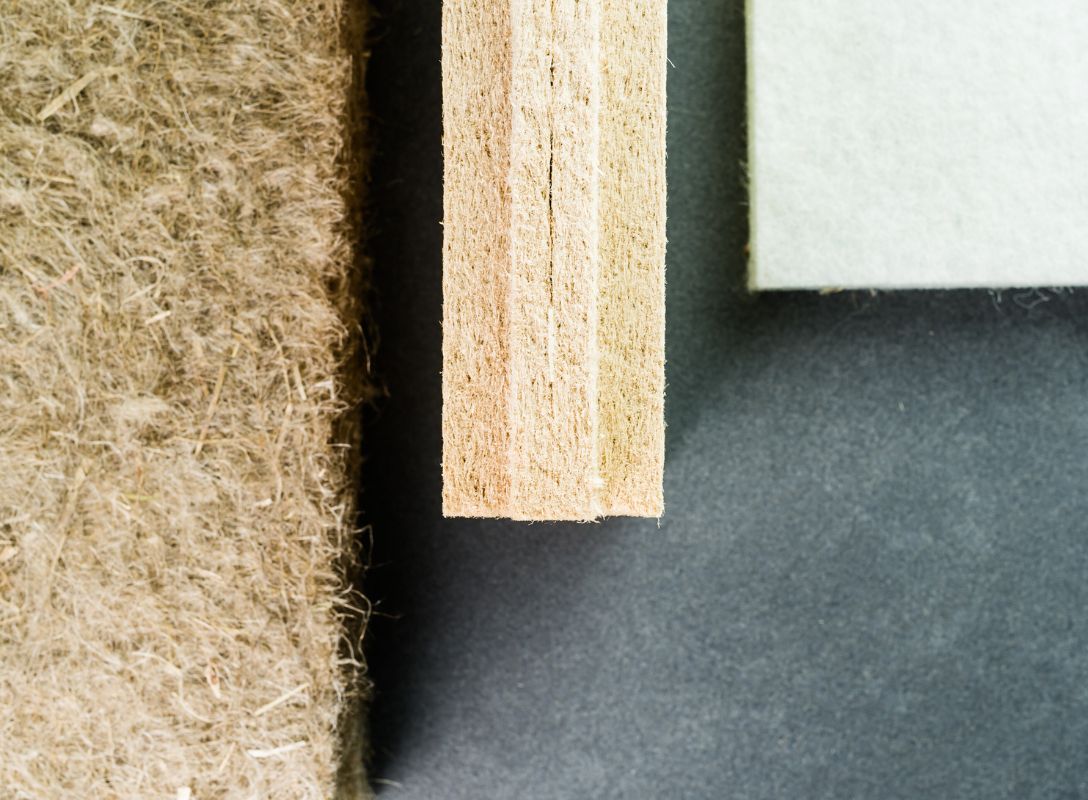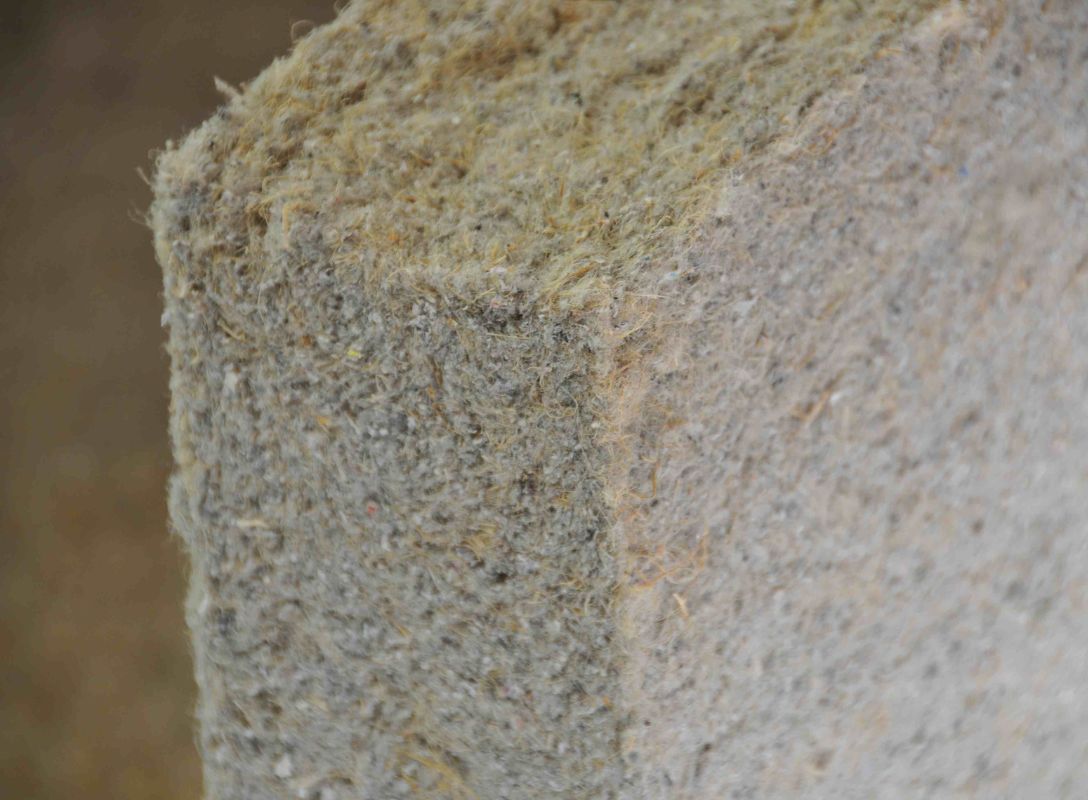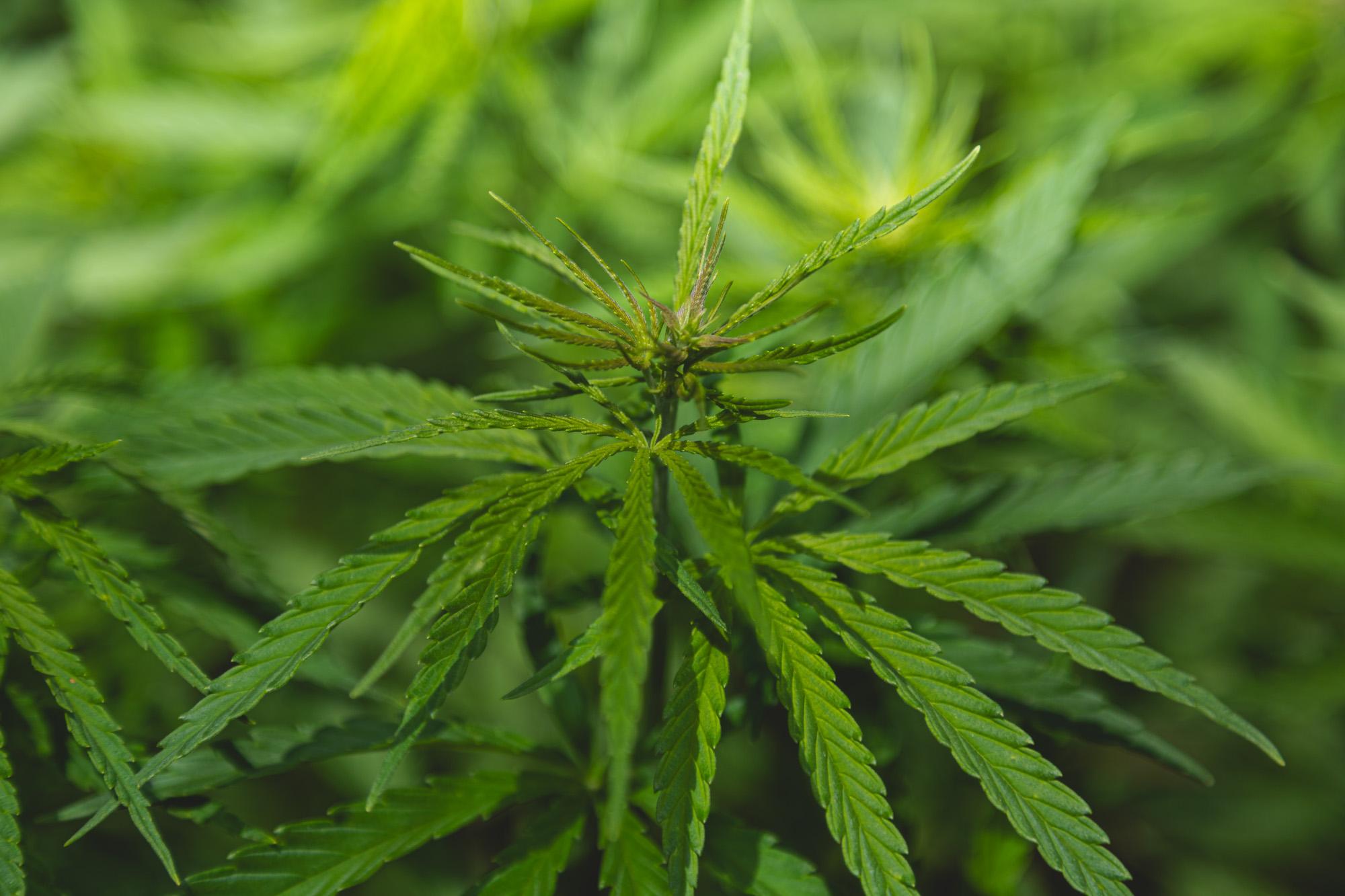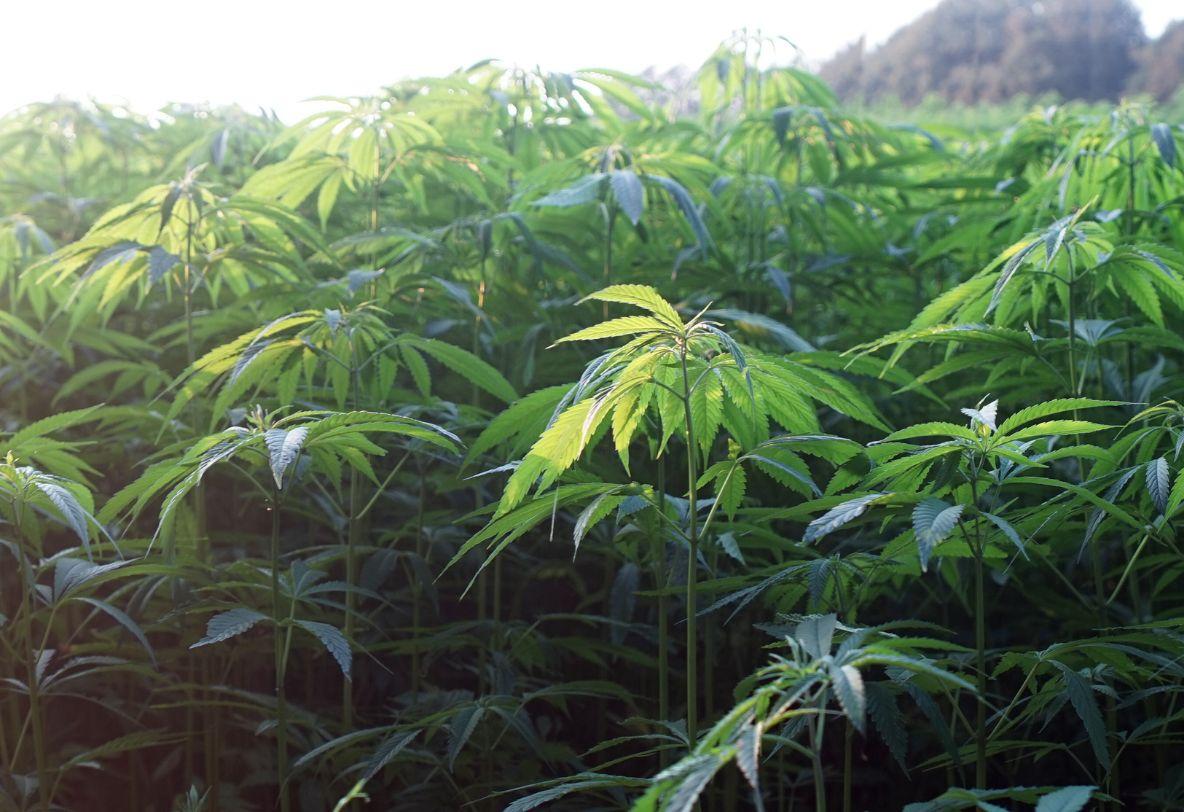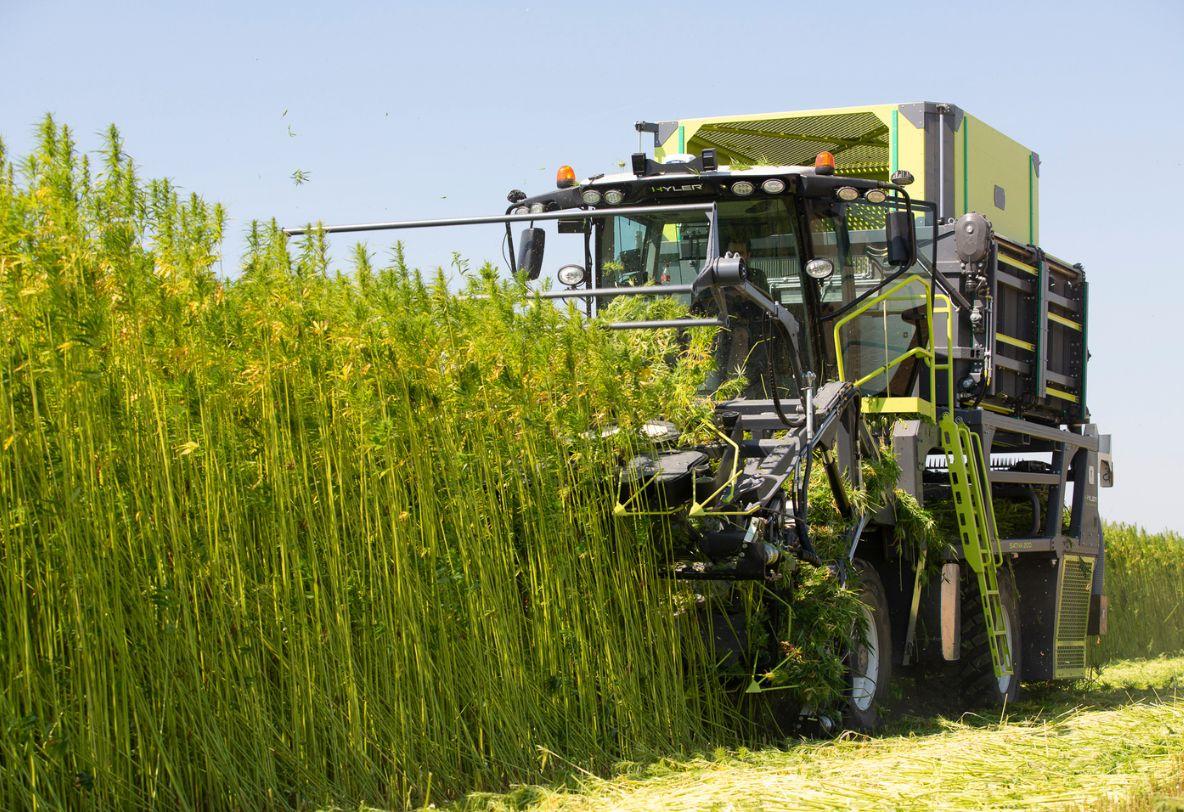The industrial uses of hemp
Cutting-edge industries such as automotive industry, with composites made from plant fibres, and eco-construction industry, with insulating materials made from industrial hemp, have all realised that, technically, hemp has all the advantages: lightness, strength, thermal and acoustic properties.

